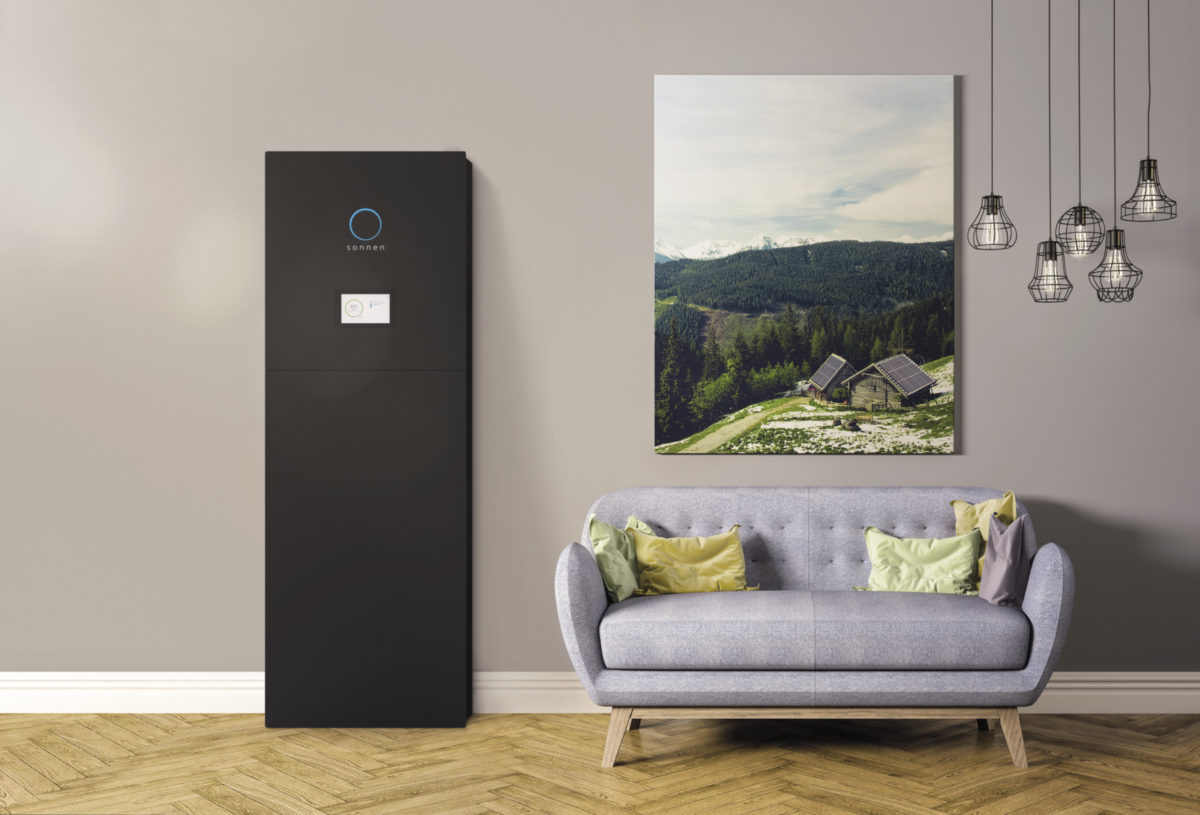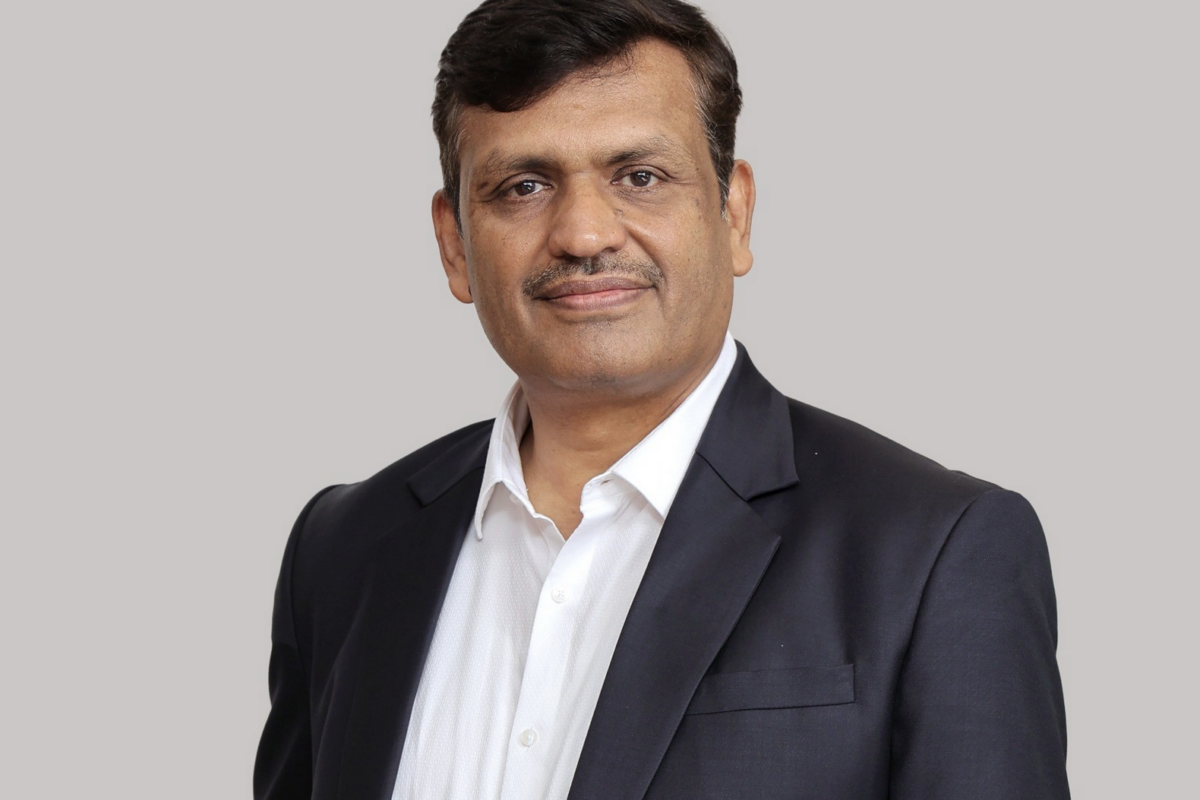From pv magazine Global, February 2019
By the end of 2018, the PV market was awash with inverter manufacturers competing for wafer thin margins. Despite steady market growth, plentiful competition meant inverter manufacturers had to get creative if they wanted a bigger slice of the pie.
Meanwhile, storage suppliers had to deal with stop-start demand, making storage system manufacturers more open to acquisition. In 2018, Kostal entered into a closer partnership agreement with storage system provider BYD. SolarEdge, similarly, acquired South Korean storage company Kokam, and Kaco – which now looks set to be swallowed by Siemens – had acquired Energy Depot.
On the demand side, there are several market forces at play behind this development which could eventually boost the residential solar segment. And it is a hint the focus for many inverter manufacturers is shifting towards smarter bidirectional products to optimize self-consumption and enable new revenue streams for owners and utilities. The compound annual growth rate (CAGR) for such inverters between 2017 and 2022 is projected to be 25%, outpacing all other power electronics products by a long way.
Bidirectional inverters
A technology routinely referred to as a smart bidirectional, smart grid or hybrid inverter is a product connected to the grid and battery at the same time. Depending on their capabilities, such inverters can decide when and how much of a solar PV system’s electricity to store, feed into the grid, use for high consumption appliances or charge into an EV, and can often enable backup power to bridge outages. Such inverters reduce the need for components and combine some advantages of AC and DC-coupled storage systems.
Hybrid inverters are generally associated with optimizing self-consumption through smart gadgetry, and in the near future will be the breed of inverter that has the possibility of participating in frequency response markets. Some suppliers have moved further to fully integrated systems, where the inverter, other power electronics and storage system are sold in a single cabinet. Hybrid inverters are not a novelty, but the signs are that the technology is ready for a full-on breakthrough.
Hybrid inverters may deliver easier access to high-growth markets, suggests IHS Markit’s solar and energy storage research manager Cormac Gilligan. Residential PV markets are subject to a high degree of volatility due to changing regulations. With Japan’s feed-in tariff set to be reduced, Gilligan told pv magazine he believes the country will be one of the largest behind-the-meter storage inverter markets this year, due to a bigger focus on self-consumption. The country has also committed to a new policy requiring half its new homes to be built as zero-energy houses by next year and driving another 1,500 zero-energy apartments by 2021. The policy is prompted by Japan’s attempt to get the country in line with its Paris Agreement climate change obligations.
South Korea, Germany and the United States are set to be the largest residential behind-the-meter markets this year behind Japan. In the rural U.S. and Australia, owners are keen for backup power supply to avoid recurring, lengthy outages. In California, legislative requirements for new buildings have set in motion large-scale residential PV deployment. And of course, in all markets with fading feed-in remuneration for solar, the drive for hybrid adoption will primarily be for self-consumption with the prospect of providing grid ancillary services from residential systems also within sight.
Hermann Schweizer, chief technology officer at sonnen, explained the Japanese market is on the company’s radar. For SolarEdge meanwhile, market entry into the high-growth South Korean market should be easier after its Kokam acquisition.
Changing utility business models
The high penetration of distributed generation assets presents significant challenges to grid operators and utilities. Variable distributed generation assets can require large-scale and costly grid infrastructure updates. Deploying smart inverters that can communicate with the grid, shift load patterns to spare it from strain and maximize revenues for their owners and the utilities, could be the answer.
In a scramble to secure profits – or at least cover fixed costs despite increasing residential solar capacity – utilities are also turning to new business models. The pioneers of solar said the technology could dispense with utilities and free independent generators from them, but in reality, the big power companies remain key stakeholders in critical infrastructure. Offering storage systems and smart inverters in one-stop-shop based systems – or even integrated solutions – gives inverter companies the possibility of leveraging their product into utility portfolios.
According to IHS Markit’s Gilligan, energy storage inverter suppliers are eager to work with utilities, either by selling products directly or through grid services harnessing the aggregation of residential systems with energy storage. Sonnen’s Schweizer is similarly convinced recent mergers are connected to the aim of leveraging new solar business models with utilities and regulators. “With an integrated solution, it is possible to work together with utilities to eventually get permission to participate in energy trading schemes,” he said. Sonnen recently won permission to participate in Germany’s primary response frequency market with the first batch of its residential systems.
Wave of acquisitions
Gilligan added: “The pace of acquisitions by energy storage inverter suppliers increased rapidly in the fourth quarter of 2018, as suppliers seek to expand rapidly in specific countries or segments of the energy storage market. Kaco’s acquisition of Energy Depot has given the company the chance to quickly bring to the market a 10 kW hybrid inverter in order to tap the high-growth potential of the residential behind-the-meter market, especially in its domestic market of Germany.”
The interest in self-consumption optimization would increase with time in many markets, largely due to continued electrification of the energy system. Mobility, space and water heating are going to run more and more on electricity. With an increased awareness of electricity prices – and to avoid towering bills – rooftop PV combined with storage will be the option of choice for many homeowners.
Though deepened system integration can bring advantages, it is fair to say top suppliers already often harmonize their interfaces with specific storage systems. Gilligan cautions, fully integrated energy storage systems can take away some of the flexibility installers and customers like. This can play out both ways, he says, pointing out some customers might like simple installation with a one-stop-shop approach while others could prefer to select the individual components of their energy storage systems from their chosen suppliers.
Schweizer counters, fully integrated systems could help customers address system failure in a more streamlined way. “There is only one phone number to call and only one company to make warranty claims to,” he says.
With utilities finding value in rooftop PV through smart grid use, a strong new ally has been found.
This content is protected by copyright and may not be reused. If you want to cooperate with us and would like to reuse some of our content, please contact: editors@pv-magazine.com.




Most Relevant Source of PV update.
Love All Marian Articles
What is SunPower and Sonnen doing about Battery storage for homeowners?
I installed SunPower panels equinox system. The PVS 6 system seems to have a problem.My installers are talking with SunPower for a fix to the problem. Do you have any news on this problem ?
Thank you
FMFerouz
San Diego CA